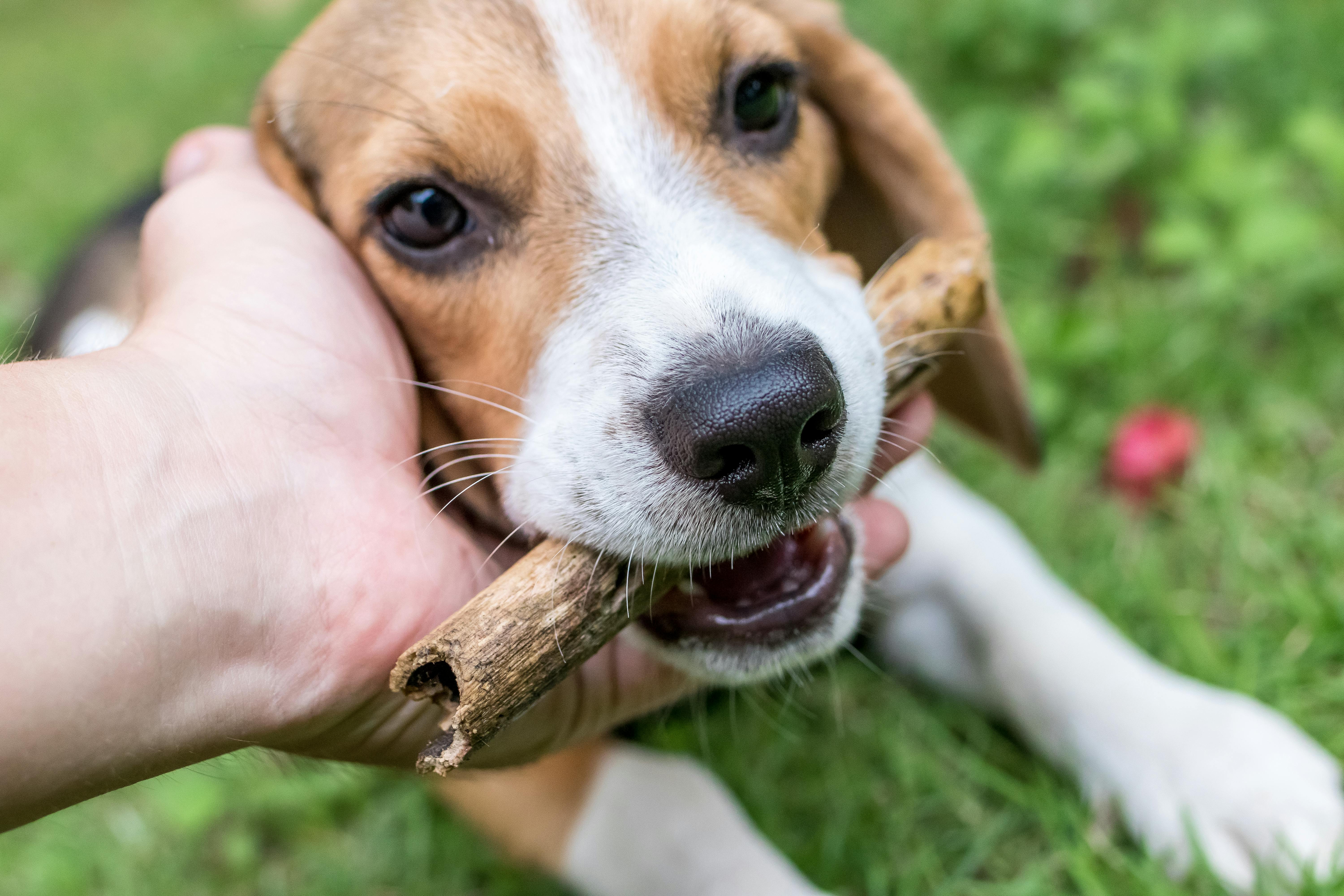Native to Siberia, the Chukchi people originally bred the Siberian Husky for use as a sled dog, as well as for herding reindeer. In 1909, the first group of Siberian Huskies was brought to Alaska to compete in the All-Alaska Sweepstakes. Later, during the winter of 1925, a diphtheria epidemic in the isolated town of Nome, Alaska, brought in a relay of dog teams to deliver the life-saving serum. This event brought national attention to the Siberian Husky. Leonhard Seppala, driver of one of the dog teams, took his Huskies on a tour of the United States. While in New England, Seppala and his dogs competed in sled races, again proving the superiority of the Siberian Husky.
In 1930, the AKC (American Kennel Club) recognized the Siberian Husky, listing the breed in the Working Group category.
The Siberian Husky is quick and graceful with a seemingly natural playfulness. This breed is capable of carrying a light load at a moderate speed over long distances.
Considered a medium-sized dog, the Siberian Husky averages 21 to 23 ½ inches and weighs between 35 and 60 pounds. They have thick, double-layered, medium-length fur that acts as an insulator from both cold and heat. Siberian Huskies come in a wide variety of colors, from pure white, solid black, and dark gray to a combination of two or more. A variety of head markings is common.
A Siberian Husky’s eyes can be blue, brown, amber, or a combination. Eyes that are half blue and half brown are known as partial eyes. Having one blue eye and one brown eye is called “bi-eyed.”
The Siberian Husky has a wonderfully sociable, friendly, playful and gentle temperament. They can also be willful and mischievous. This breed is highly intelligent, although its inherent stubbornness and independence can make training difficult. Patience and consistency are key with this breed.
Not known to be a one-man dog, the Siberian Husky will bond well with the entire family. The Siberian Husky is not afraid of strangers, he does not have the possessive qualities of a guard dog and he does not tend to bark. Consequently, this breed does not make a good guard dog.
The Siberian Husky does not like to be left alone. While they don’t tend to be barkers, they do whine and howl when they’re bored. If you plan to get a Siberian Husky but work long hours, you may want to consider getting a pair so that they will have each other for company. The nature of this breed makes them fond of life in packs.
Siberian Huskies are good with other dogs, especially if they are raised together. However, the Husky’s predatory instincts are strong. Small animals such as squirrels, rabbits, guinea pigs, birds, and even cats are potential victims of this breed. They are fast and patient hunters.
Siberian Huskies love to run and make excellent jogging companions. The combination of his love of running and his predatory nature can be dangerous if left unattended. This breed should always be kept on a leash or within a fenced yard.
The Siberian Husky requires little regular grooming and does not tend to shed much. However, twice a year, over the course of two to three weeks, this breed will shed most or all of its undercoat. At that time, they must be brushed periodically to remove dead hair.
Siberian Huskies are healthy breeds with few breed-specific problems. Two things to watch out for with this breed are hip dysplasia and eye problems (such as juvenile cataracts). Their average lifespan is 12 to 14 years.
